Part of a series of articles titled The History of Slavery in St. Louis.
Previous: The Slave Trade in St. Louis
Article
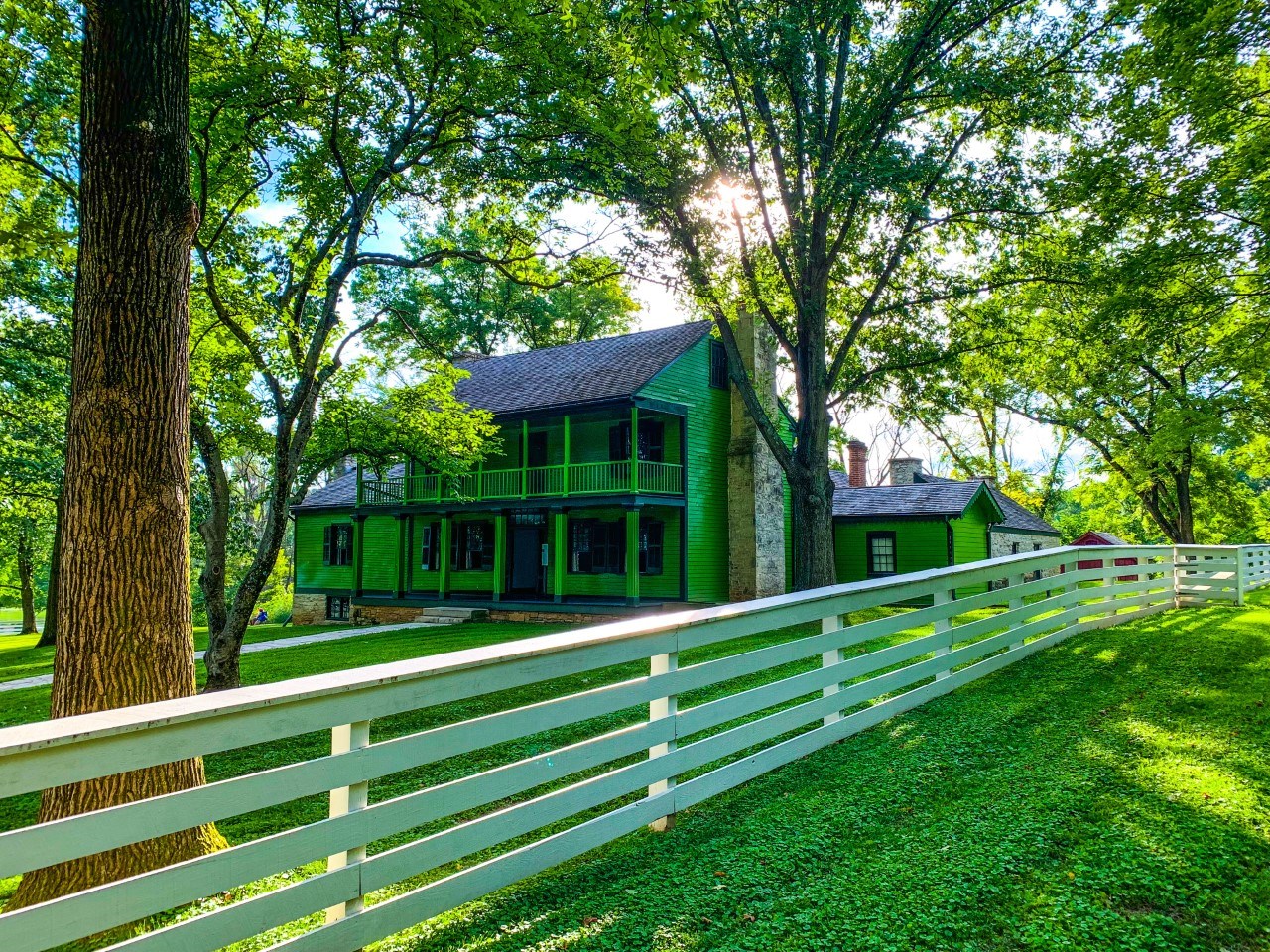
NPS
Black St. Louisans resisted their enslavement through a wide variety of methods, both big and small. Some enslaved people intentionally slowed down work, pretended to be sick, or intentionally broke tools to cause disruptions.
Julia Dent Grant, wife of General and President Ulysses S. Grant, grew up at a St. Louis plantation called “White Haven.” She recalled that an enslaved man named Old Bob would often get “careless and let his fires go out” while cutting down firewood on the property. When the fires went out, “he would have to walk a mile to some neighbors and bring home a brand of fire from their backlog.” Julia never grasped that Old Bob slowed down his work as a subtle act of resistance to avoid the watchful eyes of the Dent family.
Enslaved people also relied on the power of music as a coded form of resistance to slavery and a way to build community. Julia Dent Grant recalled that Old Bob would often “pray and sing . . . he would give out the hymn, two lines at a time, and then sing it all by himself.” These spirituals have inspired many contemporary music genres, including blues, jazz, rock, and hip-hop, and represent one of the greatest American cultural contributions to the world.
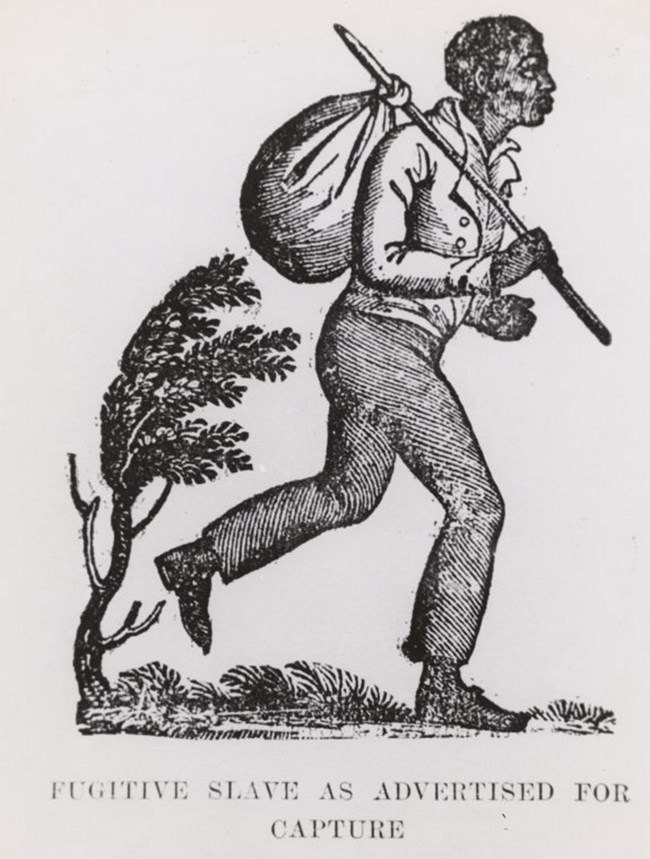
New York Public Library
How else could an enslaved person in St. Louis fight against slavery?
Running Away: Enslaved freedom seekers often sought refuge in Illinois, sometimes with assistance from the Underground Railroad. Freedom seekers used boats to cross the Mississippi River and then horses or their own feet to escape. Sometimes enslaved families would run away together. These “stampedes” usually consisted of at least five freedom seekers running away as a group. During one month in 1854, forty enslaved people escaped St. Louis. A local newspaper complained that “numerous underground railroad agents that infest our city” were to blame for the stampedes. Not everyone who ran away was successful, however. Mattie Jackson ran away with her mother in 1852, but was captured in Illinois and returned to St. Louis, where she was then sold at auction.
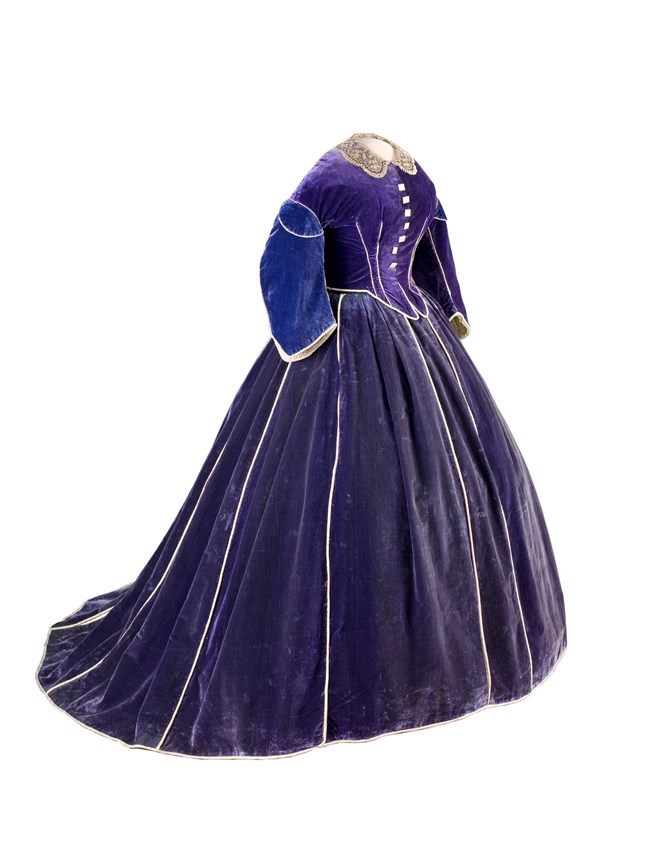
Smithsonian Institute
Using the Courts: Some enslaved people filed lawsuits at St. Louis courts in what became known as “freedom suits.” See the webpage "Slavery and the Law" for more information.
Self-Purchase: Some enslaved people were permitted by their enslavers to earn money for extra work they completed in their free time, which could then be used to purchase their freedom. Elizabeth Keckley, an enslaved seamstress in St. Louis whose dresses were highly regarded by wealthy St. Louisans, received a loan to purchase her freedom in 1855. She later paid back the loan by working long hours for several years.
Manumission: A small number of enslavers voluntarily freed enslaved people through a legal document called a manumission. One example occurred when Ulysses S. Grant freed William Jones at the St. Louis Courthouse on March 29, 1859. Enslavers sometimes awarded enslaved people with their freedom for good service. However, manumissions were not always charitable. Manumissions were sometimes used to free elderly enslaved people who could not care for themselves any longer.
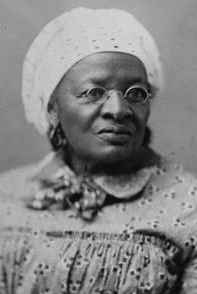
Public Domain
Mary (unknown–1869) and John Berry Meachum (1789–1854) were prominent abolitionists who served as conductors on the Underground Railroad in St. Louis. John was born in Virginia and Mary in Kentucky. Both had been enslaved as children. John was a talented carpenter, cabinet maker, and barrel maker. He used his skills to purchase his and his father’s freedom. After moving to St. Louis, he was able to purchase the freedom of his wife Mary and their children.
Some abolitionists purchased enslaved people at auction with the intent of freeing them. John also engaged in this practice, with a slight twist. Wanting to teach enslaved men work skills, he trained them in carpentry and other trades before freeing them. Not everyone agreed with this practice, which straddled the line between freedom and slavery. Some of Meachum’s enslaved workers filed freedom suits against him. However, Meachum did free twenty enslaved men who worked at his carpentry workshop between 1826 and 1836.
The Meachums also founded the First African Baptist Church of St. Louis at Third and Almond streets. They hosted Sunday school sessions with Black residents in St. Louis, both free and enslaved, and taught them how to read and write.
Mary assisted enslaved freedom seekers in their quest to get to the free state of Illinois. On May 21, 1855, Mary assisted nine freedom seekers crossing the Mississippi River, but the plot failed. While a few of the freedom seekers got away, Mary and six others were arrested. For reasons unknown, the case against Mary was later dropped. However, one enslaved member of the group named Esther was later separated from her children and sold down river by her enslaver—Henry Shaw, a prominent businessman and the founder of the Missouri Botanical Gardens.
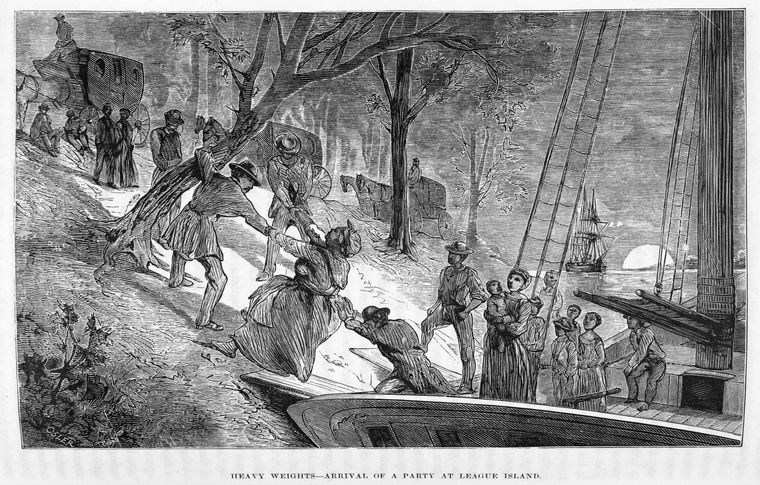
University of Virginia Special Collections
Part of a series of articles titled The History of Slavery in St. Louis.
Previous: The Slave Trade in St. Louis
Last updated: November 2, 2023